One of the limitations of the classic lever gun is the tubular magazine. The design limits the number of rounds a rifle can hold and slows the reloading process for most users. We love exercising our Right to Bear Arms with firearms that can hold a lot of bullets and shoot fast, which is why the AR-15-pattern rifle became one of the most popular types in America. Many would agree, though, that gun safes are already saturated with AR-15s, and the evolution continues to produce the next greatest “tactical” rifle. Addressing this, Henry broke the mold with its 2025 release of the Lever Action Supreme Rifle. It combines many traditional aspects of a lever action, but is fed by AR-pattern magazines. Henry is famous for its lever guns, but the company tested its engineers with a new design challenge.
Owning an AR-pattern firearm is prohibited by state law, as well, in Illinois for example. Many of these states also have magazine-capacity restrictions. With the Lever Action Supreme and its standard 10-round magazine, an individual residing in one of these restricted states can still enjoy it at the range or configure it for personal defense. Henry introduced two variants of the Supreme at the 2025 SHOT Show, one chambered in 5.56 NATO/.223 Remington and the second chambered for .300 Blackout.
Spec’ing the Supreme
Henry Repeating Arms has been a manufacturer of lever-action rifles in the U.S. since 1996. It has produced a variety of models and calibers, ranging from the Classic Lever Action .22 LR to the Large Frame Lever Action Rifles in .45-70 Government. The company has also produced lever-actions that take detachable, box-fed magazines with the Long Ranger line. Henry has demonstrated its experience.
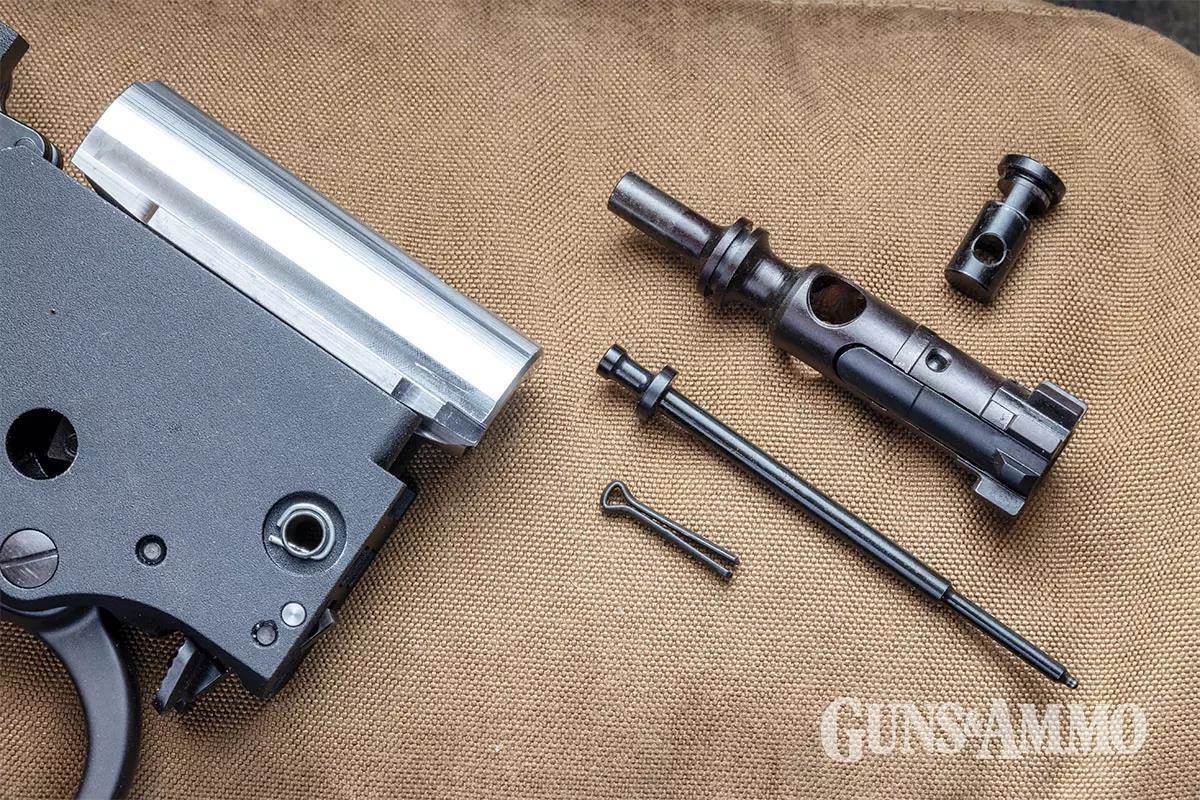
Besides caliber, the other difference between G&A’s two test samples was barrel length. The .223/5.56mm featured an 18-inch, free-floated, tapered, blued, chrome-moly steel barrel. The .300 Blackout version had a 16 1/2-inch barrel, same features. Both were threaded to accept a suppressor or muzzle device, but a suppressor is ideal for the Supreme. With no gas escaping the ejection port, a shooter can run the Supreme “tactically” without fear of backblast. Plus, there is no need to consider adjusting a gas block or fear of short-stroking an action due to subsonic ammo through a suppressor, as we’ve seen with semiauto platforms.
Advertisement
The iron sights were well designed. The front sight is a tapered blade that is high enough to work in conjunction with most suppressors. The rear sight is what Henry describes as “trapezoidal and fully adjustable.” This extended positioning supports a shooter’s focus on the front sight and allows for fast acquisition of a target.
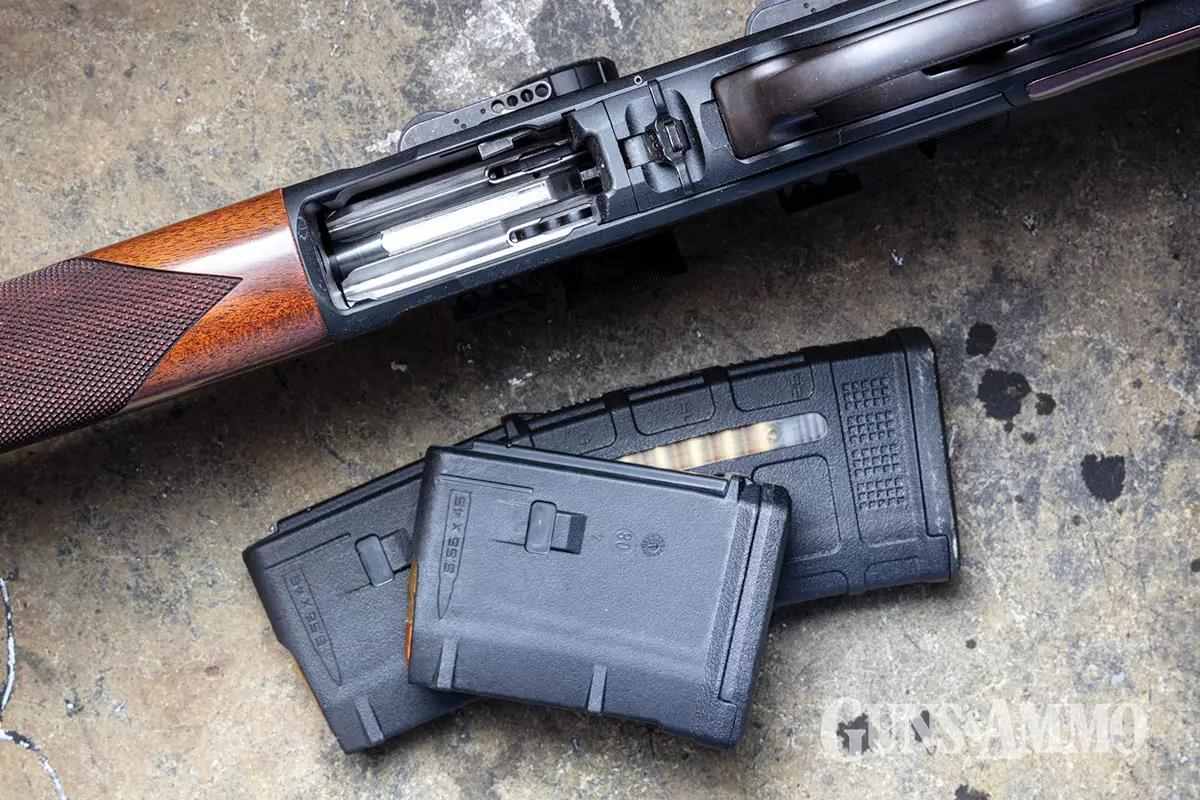
The adjustable rear sight makes sighting in the Supreme simple. If an elevation correction is necessary, use the provided Allen wrench to loosen the locking screw. Then, use the same wrench to raise the sight and adjust the bullet’s impact, or lower the sight to move groups down. Windage corrections follow the same process. The ability to adjusts the rear sight makes zeroing more efficient.
With the progression of optic sights and availability, shooters may want to mount one. The top of the receiver is drilled and tapped in a Weaver 63B configuration. If a lighter weight is desired for close-to-medium distances, as in “zero to 150 yards,” a reflex sight would be a great choice. In the event magnification could be advantageous, a low-powered variable optic (LPVO) is another option.
Advertisement

The stock and forend were shaped from American walnut, making these rifles stand apart from the number of polymer stocks on a gun-store’s rack. Both the forend and wrist of the stock were checkered with a 20 lines-per-inch (lpi) borderless diamond pattern, and the stock sports a rubber buttpad to help mitigate felt recoil. The lever is larger than many typical leverguns, but it’s smaller than the large-loop style. It balances function and accessibility for gloved hands. It attaches to two arms on the interior of the rifle and then to the bolt carrier, which is where the similarities to the AR are apparent.
The bolt carrier assembly functions similarly to an AR’s bolt carrier assembly, but it is slightly different. Unlike the AR bolt carrier, the lever action eliminates the need for a gas key or extra length that would typically push against the AR buffer and recoil spring. The bolt, cam pin, firing pin and firing-pin retaining pin are influenced by the AR, however. The barrel extension on the Supreme also appears similar to one on an AR. It allows the bolt lugs to rotate and lock into place before firing, and then unlock and eject the case as the lever is manipulated.
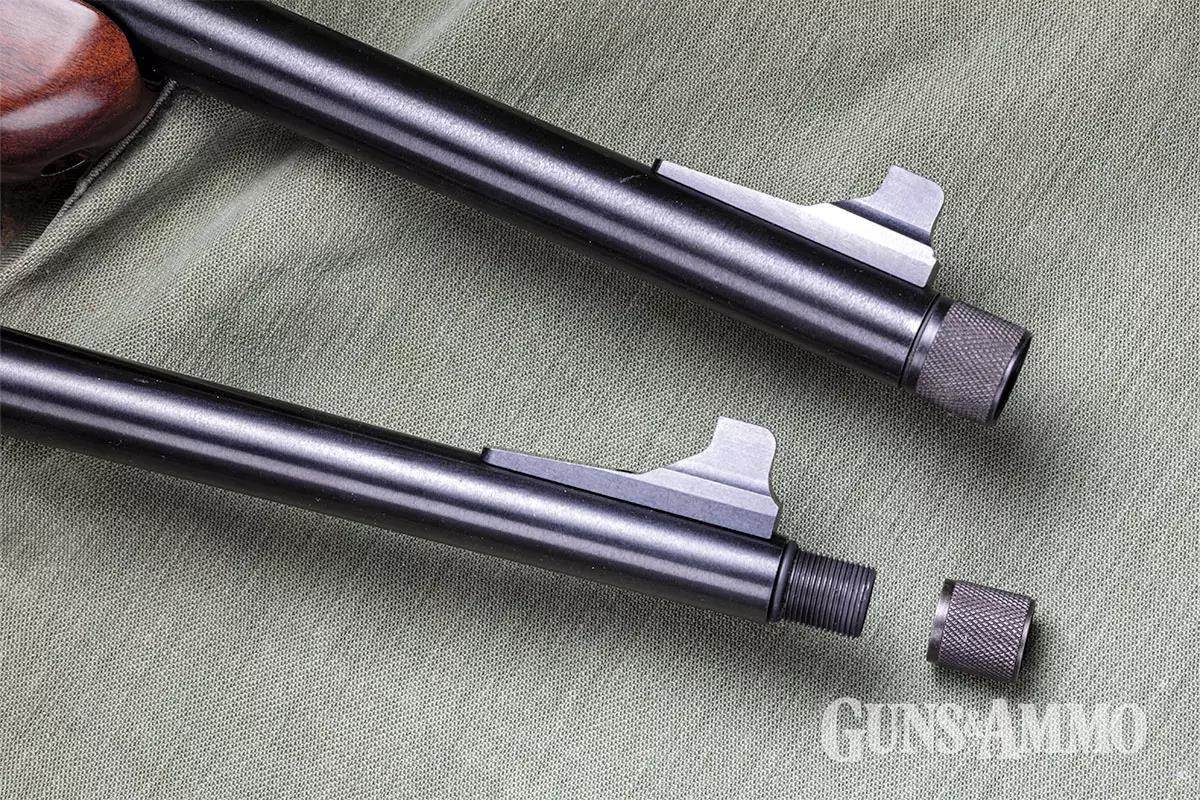
At the Range
For out-of-the-box testing purposes, the .300 Blackout sample was evaluated with factory sights. The .223 Rem. model was equipped with a discontinued Leupold VX-6HD 1-6x24mm CDS-ZL2. Accuracy testing was done at a 100 yards from a Caldwell Precision Turret Shooting Rest.
The .300 Blackout was most consistent with the Hornady Subsonic 190-grain SUB-X bullet, producing an average group size of 3 1/2 inches. Federal’s 150-grain Power-Shok JSP finished second in accuracy with an average group size of 5 1/2 inches. The Barnes Precision 125-grain OTM displayed the greatest spread of 6 1/2 inches. The accuracy data showed us that this rifle was more accurate and consistent with heavier bullets.
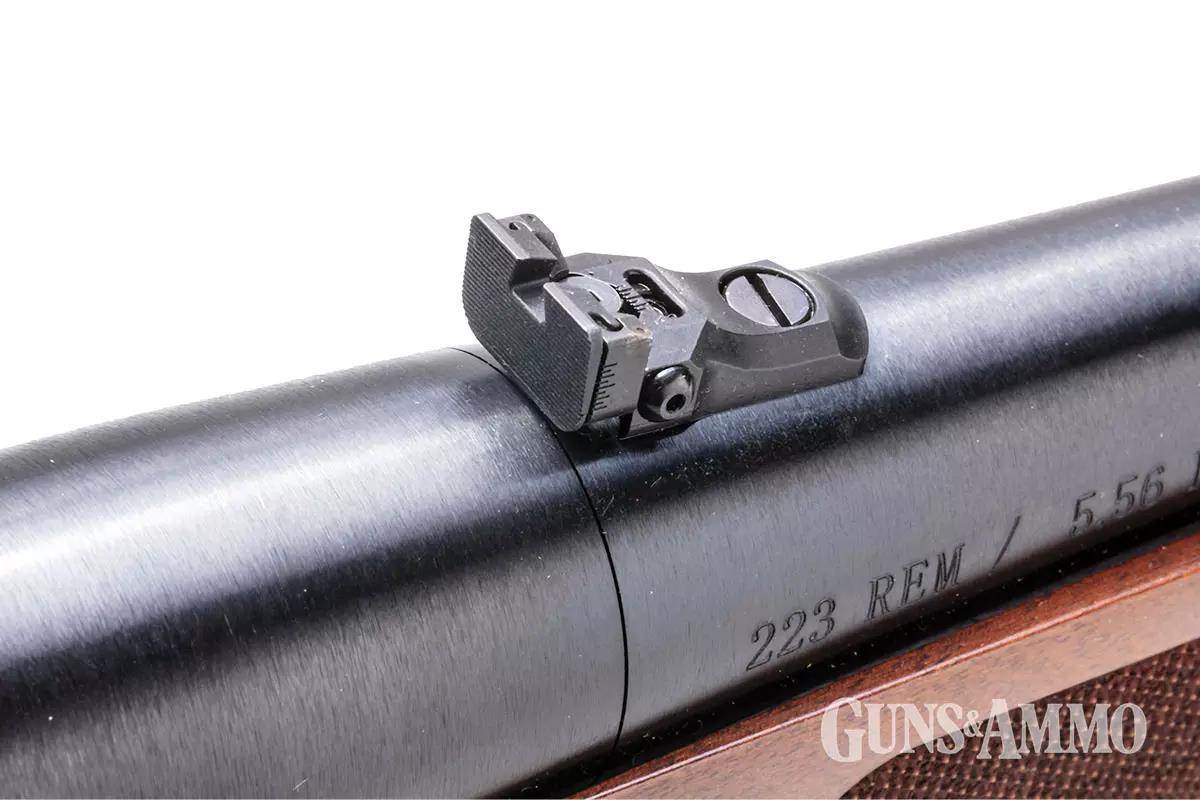
For the .223 Remington-chambered rifle, Hornady’s Varmint Express 55-grain V-MAX bullet performed the best overall with an average group size of 2.08 inches. However, the Winchester Match 69-grain MatchKing hollowpoint boattail (HPBT) was not far off with an average group size of 2.13 inches. Though the average group size was slightly larger, the Winchester ammo had the smallest group size with a .9-inch spread.
Few things are worse than a firearm that has a heavy, gritty or mushy trigger. A bad trigger can negatively affect accuracy, too. The trigger on the Supremes is described as an “adjustable match trigger.” It lived up to the description, producing a clean break with almost no take-up. As far as trigger weight, it is adjustable from 3 to 4 pounds. G&A’s sample .223 had an average trigger-pull weight of 3 pounds, 6.5 ounces, and the .300 Blackout was 3 pounds, 2 ounces.
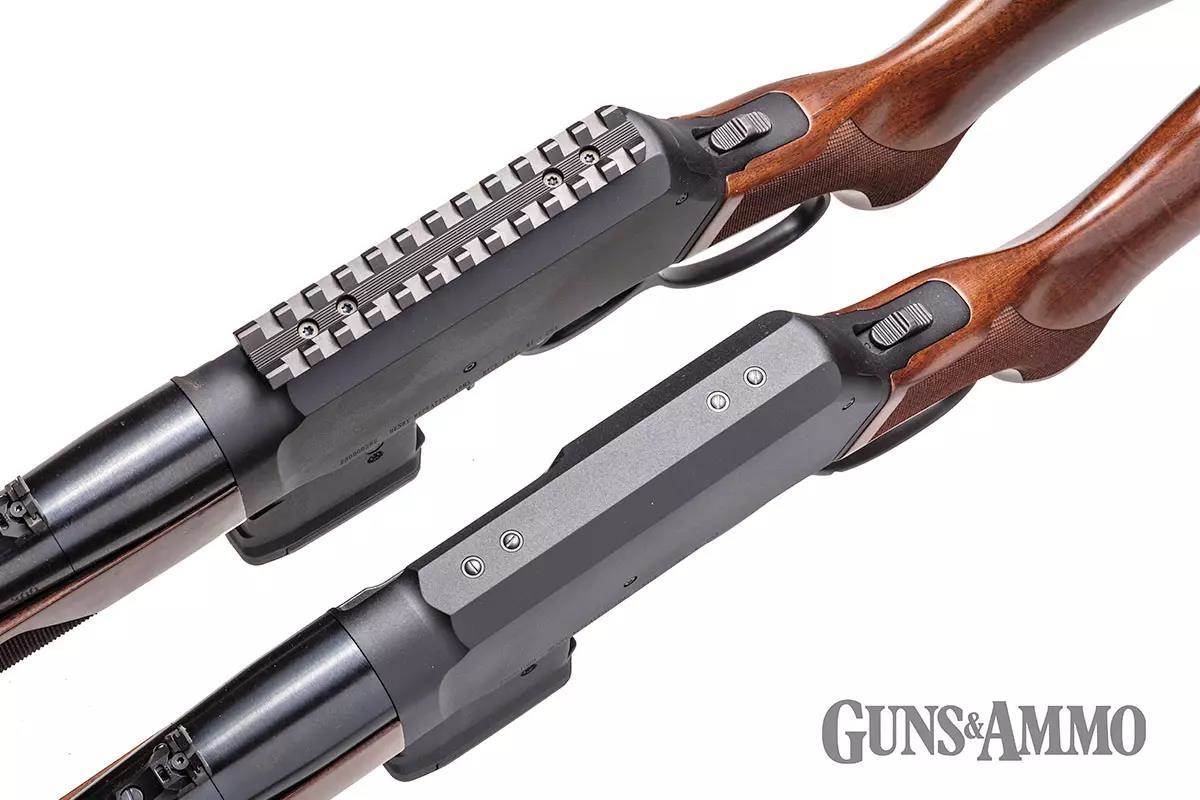
Not only are these rifles accurate, but the actions proved smooth to cycle. For a new lever action, it was impressive that these actions had little resistance when chambering a new cartridge and extracting a spent case. Many new lever rifles require extra time on the range to work out a stiff action, but both Supremes were ready to run smoothly out of the box.
The Supreme design does not put a left-handed shooter at a disadvantage. (The primary evaluator is left-handed.) Unlike traditional lever actions with crossbolt safeties, the Supreme has a tang safety. The tang safety lets a left-handed shooter engage or disengage the safety without breaking their grip. The magazine release on rifles is sometimes challenging for left-handed shooters, as with an AR. The mag release on the Supreme was centered on the bottom of the rifle in front of the triggerguard. It is a paddle design similar to an AK-style rifle, so when it is pushed forward, there is a noticeably positive release of the magazine. This neutral location allows a left-handed shooter to drop an empty magazine just like a right-handed shooter. The ambidextrous design eliminates the need to buy aftermarket parts to make it more efficient for lefties.
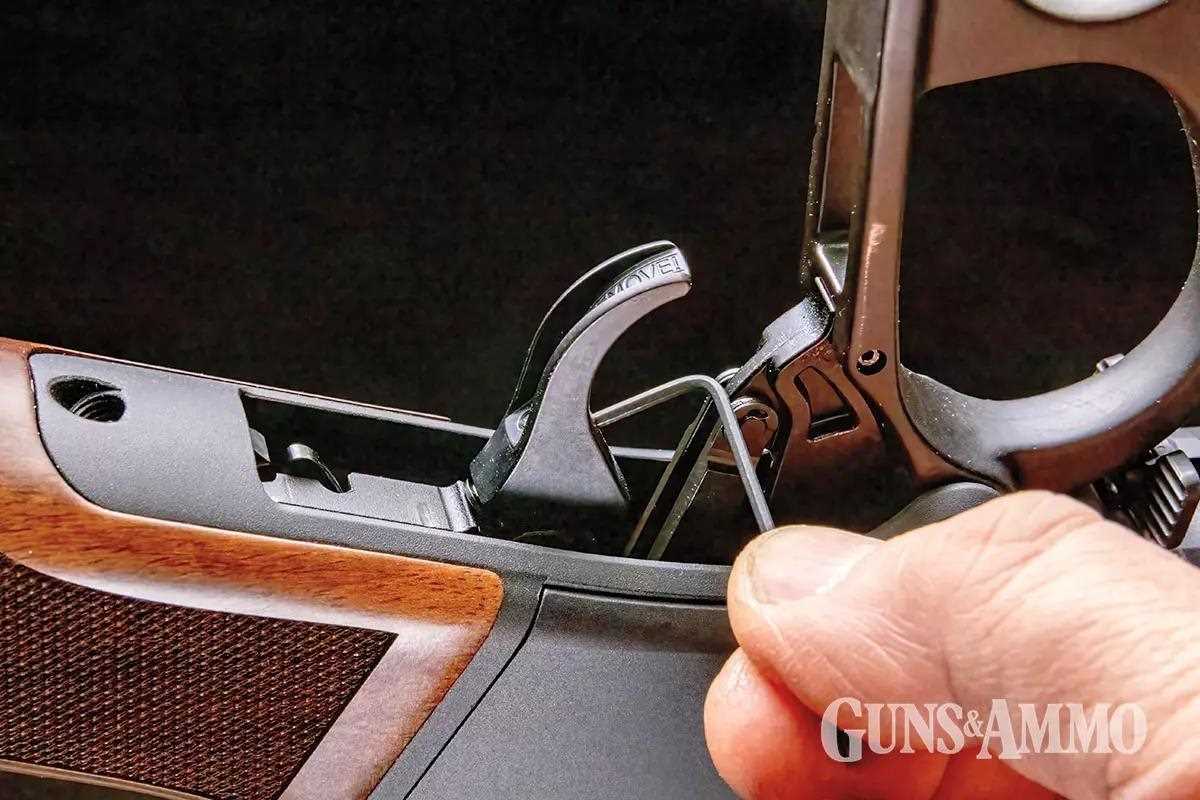
Reliability in a rifle is not soley based on design, though. A rifle that is difficult to take apart, or is time consuming to clean, can be a factor, too. The Supreme is simple to take apart and can be cleaned with the same tools used to clean an AR. To disassemble the rifle, there are two non-directional pins in the receiver that need to be pushed out. Once the upper and lower have been seperated, the bolt carrier, bolt, chamber and barrel can be easily cleaned. Unlike traditional lever-actions, any concern of getting solvents in the trigger group is not an issue.
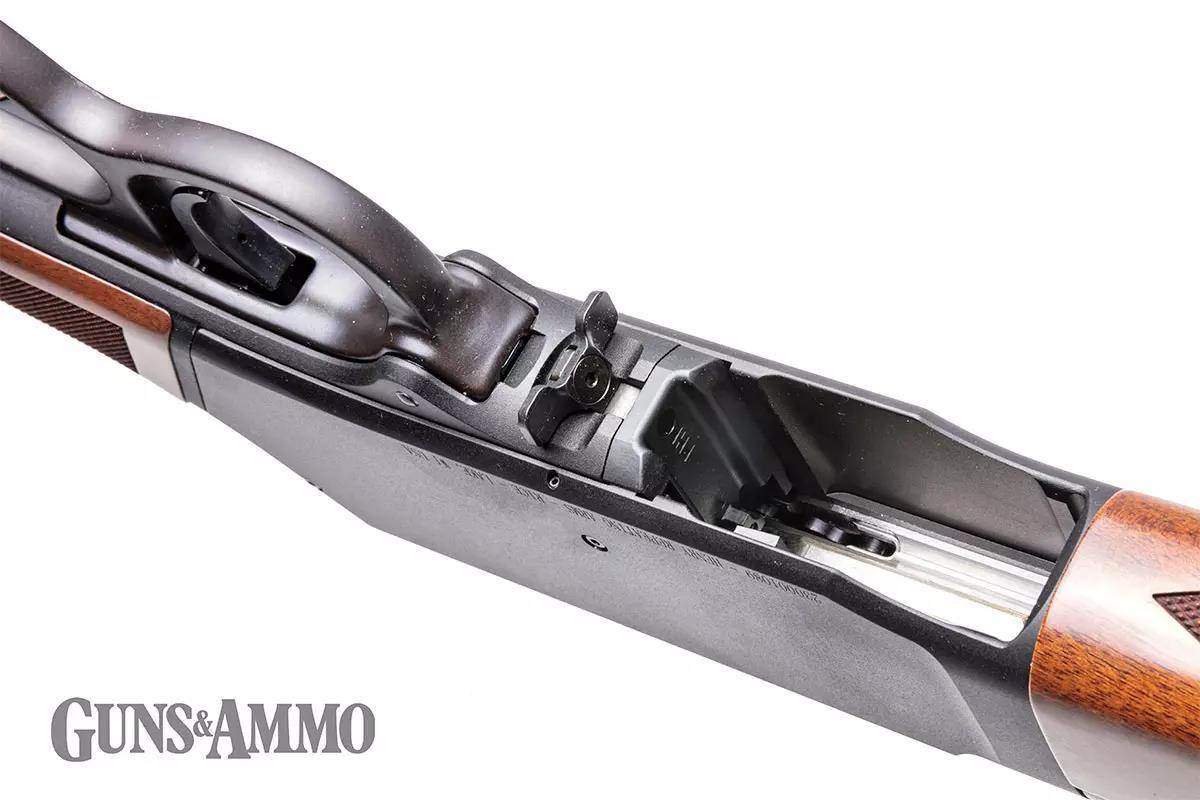
Parting Shot
The ground-up engineering behind the Henry Supreme improved upon the limitations of the classic lever-action design. Unlike the tube magazine and barrel band on a traditional levergun, the detachable mag allows for the designers to free-float the barrel, improving its accuracy potential. The combination of AR-style internals paired with an AR-pattern mag was not only practical, but also made for a smooth, reliable and functionally fast action.
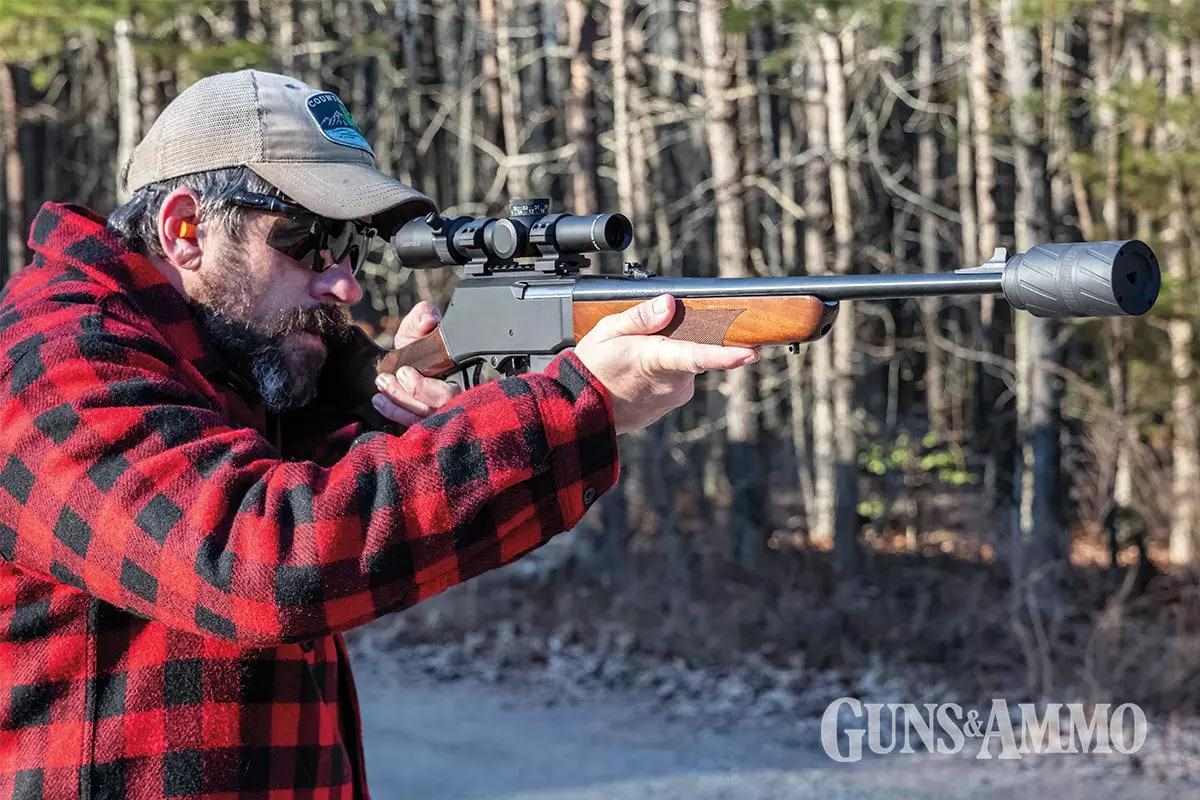
For hunting or personal protection, the Henry Supreme provides an accurate, reliable rifle with a classic appearance. The popularity of the Supreme line will only grow with the release of different calibers and configurations.
Henry Lever Action Supreme Rifle
- Type: Lever action, magazine fed
- Cartridge: .223 Rem./5.56 NATO, .300 Blk.
- Capacity: 10, 20, 30 rds.
- Barrel: 18 in., 1:8-in. twist (.223 Rem.); 16.5 in., 1:7-in. twist (.300 Blk.)
- Length: 38.15 in.
- Weight: 6 lbs., 9 oz.
- Stock: American walnut, rubber recoil pad
- Finish: Blued (steel); anodized black (aluminum)
- Sights: Blade (front), trapezoidal notch, adj. (rear); drilled, tapped for Weaver 63B-type mount
- Trigger: 3 lbs., 2 oz./3 lbs., 6.5 oz. (tested)
- Safety: Tang switch
- MSRP: $1,299
- Manufacturer: Henry Repeating Arms, 866-200-2354, henryusa.com
Read the full article here





